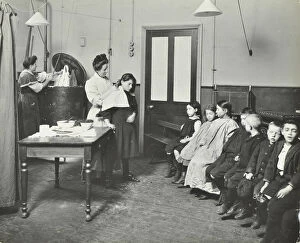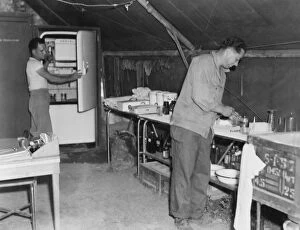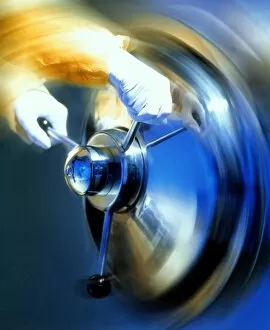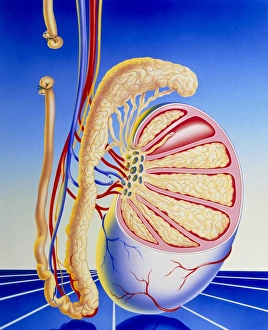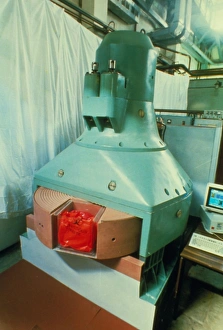Sterilization Collection
"From Chaucer Cleansing Station to Hither Green Hospital: A Journey through the History of Sterilization" In the early 20th century
All Professionally Made to Order for Quick Shipping
"From Chaucer Cleansing Station to Hither Green Hospital: A Journey through the History of Sterilization" In the early 20th century, London witnessed a significant shift in healthcare practices with the advent of sterilization. Step into the past and explore how this revolutionary technique transformed medical procedures and safeguarded public health. In 1911, at Chaucer Cleansing Station, a dedicated nurse diligently utilized a sterilizer in the bathroom. With meticulous care, she ensured that instruments were free from harmful bacteria, paving the way for safer surgeries and treatments. Meanwhile, on Finch Street during the same year, another nurse took on an important task – cutting children's verminous hair. This seemingly mundane act was crucial in preventing infestations and promoting hygiene among young ones. Fast forward to 1947 at Hither Green Hospital where an isolation unit housed a baby. Isolated from potential infections or diseases, this little one experienced firsthand how sterilization could protect vulnerable lives. The contributions of Louis Pasteur cannot be overlooked when discussing sterilization's history. This French chemist and bacteriologist revolutionized medicine with his experiments on vaccines like anthrax. His groundbreaking work laid the foundation for modern immunizations. As time progressed, biomedical illustrations showcased various methods of female contraception such as tubectomy – a surgical procedure ensuring permanent sterility for women seeking reproductive control. Similarly, vasectomy emerged as an effective method for male contraception. Biomedical illustrations depicted its process alongside tubectomy; both techniques offering individuals choices regarding their reproductive futures. Beyond medical settings, even soil underwent sterilization processes to eliminate pathogens detrimental to plant growth. Plastic sheeting covered sterile soil beds like protective shields against harmful microorganisms - nurturing healthier crops and gardens. Notable figures also played pivotal roles in advancing sterilization practices globally. William Halsted stood out as an American surgeon whose innovative techniques elevated surgical standards while emphasizing thorough instrument disinfection protocols.



